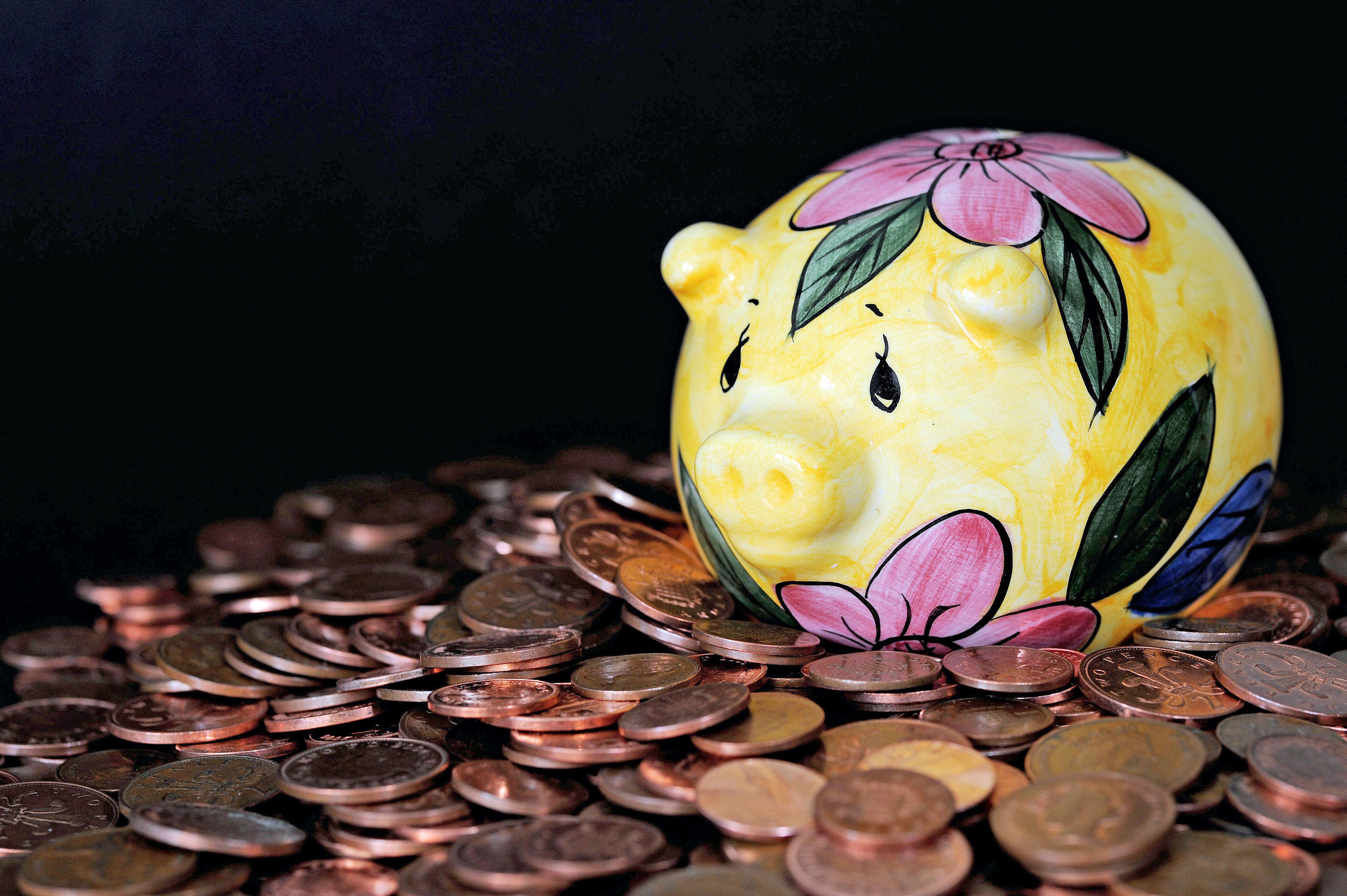
NEARLY one in five people retiring in 2018 will be doing so in debt – owing £33,900 on average – a report suggests.
Some 19% of people planning to retire in 2018 say they will be carrying some form of debt with them, with credit cards and mortgages the most likely sources of borrowing still left to pay off, Prudential found.
Men are more likely to be expecting to retire in debt at 22% versus 16% of female retirees.
People in the North West of England are the most likely to be expecting to retire in debt, while those in Wales are the least likely, the research suggests.
On average, those retiring with debts expect to clear them in three-and-a-half years.
One in seven (14%) expect to take seven years or more to pay off their debts and one in 16 (6%) believe they will never clear the money they owe.
The proportion of retirees with debts is, however, the lowest since 2015 in Prudential’s research – although average debt levels of those who do owe money have increased.
Last year, one in four (25%) people preparing to retire in 2017 expected to have debts, at £24,300 on average.
Your Money: When a costly subscription starts to feel like an affliction
The average amount of debt for those retiring in 2018 is the highest since 2012, when it was £38,200.
Vince Smith-Hughes, a retirement income expert at Prudential, said that with rising interest rates expected on the horizon following last year’s Bank of England base rate hike, “it is worrying to see the rapid increase of a pensioner’s average debt”.
He continued: “Interestingly, there is a smaller number of people retiring in debt, but for those pensioners retiring in debt, the amount owed is on the rise…
“It’s possible that some people feel more comfortable about servicing debt, and are borrowing more.
“Meanwhile more and more grandparents are helping their grandkids with university fees and children with house deposits.”
Some 1,000 people across the UK who plan to retire in 2018 were surveyed.
Here are the proportions of people retiring in 2018 regionally who expect to do so in debt, according to Prudential:
North West England, 24%
London, 22%
South West England, 21%
West Midlands, 20%
Eastern England, 18%
East Midlands, 18%
South East England, 18%
North East England, 16%
Yorkshire and Humberside, 16%
Scotland, 15%
Wales, 14%
(Northern Ireland was not included in the breakdown due to a small sample size).

Enjoy the convenience of having The Sunday Post delivered as a digital ePaper straight to your smartphone, tablet or computer.
Subscribe for only £5.49 a month and enjoy all the benefits of the printed paper as a digital replica.
Subscribe